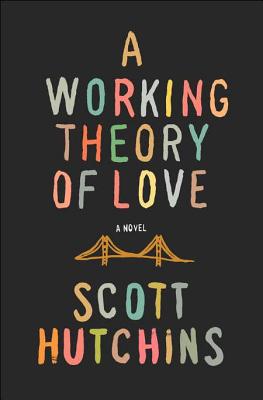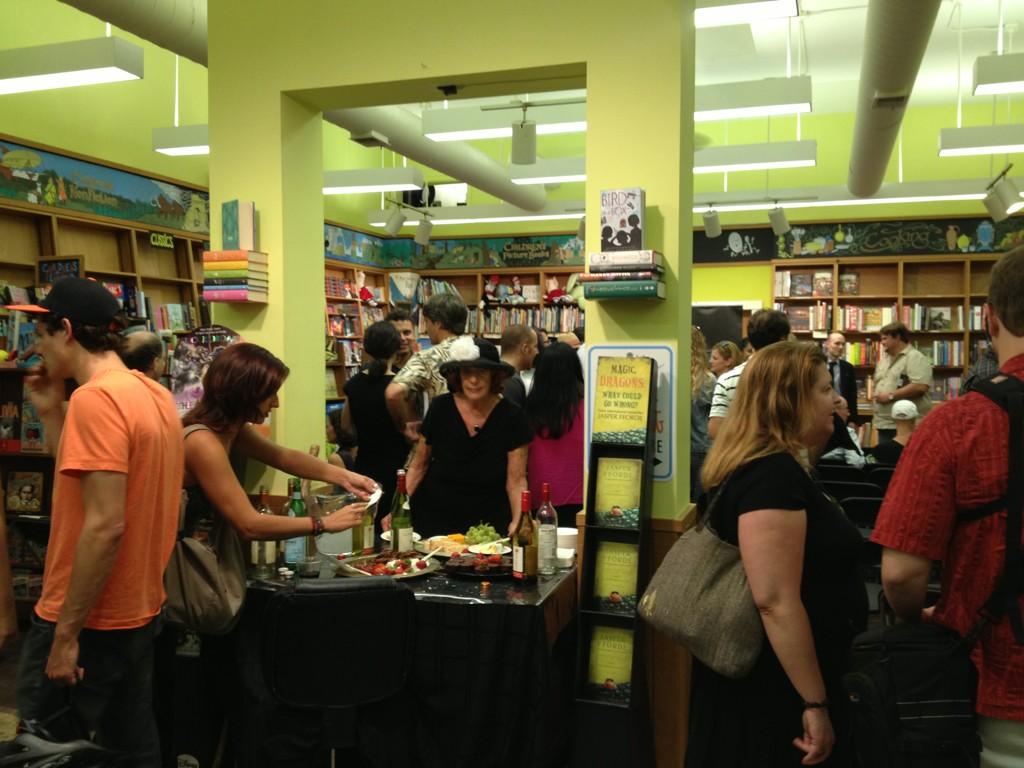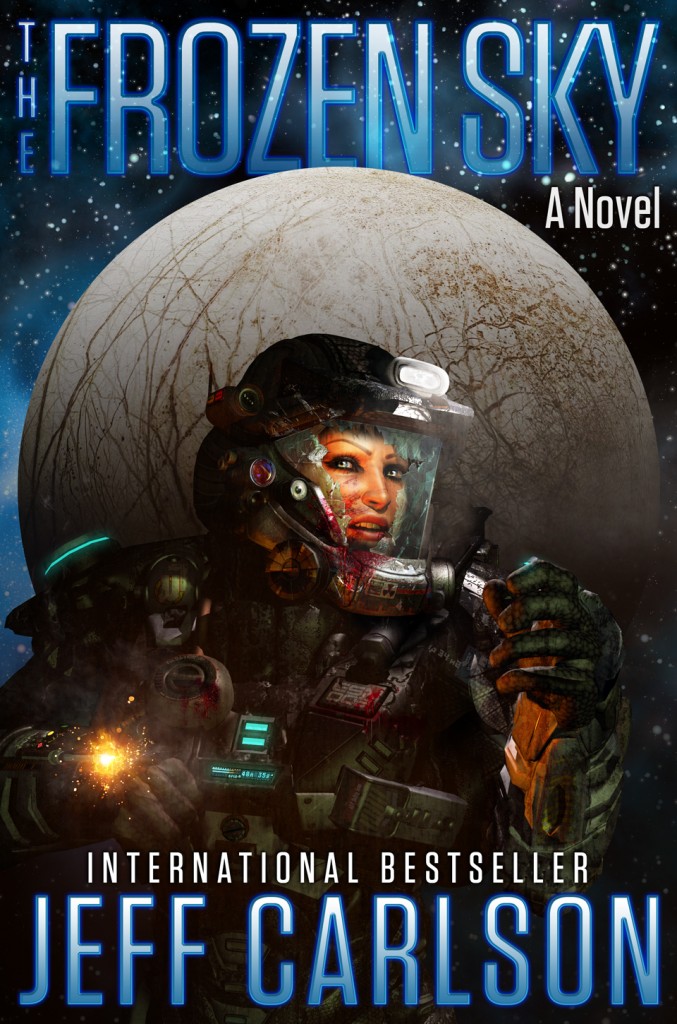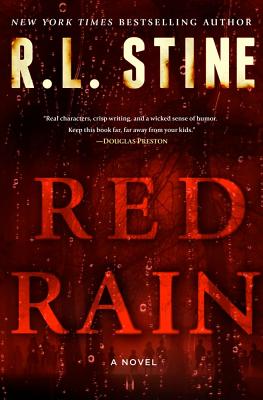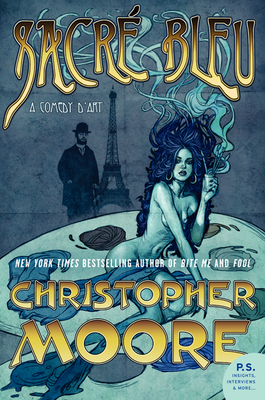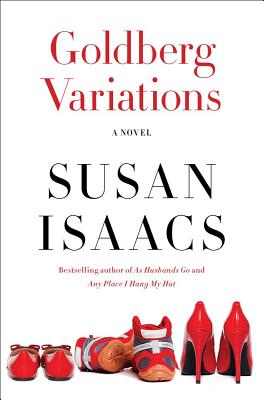David Mitchell is one of my absolute favorite writers, and Cloud Atlas is among my favorite novels. It was my top pick for 2004, and it made my Top 10 Best of the Decade list a few years back. I've previously blogged about my unusual first encounter with Mr. Mitchell while he was touring for Cloud Atlas. Good times!
Anyway, considering my love of the novel, you can imagine that I've been looking forward to the film with equal measures of anticipation and trepidation. You always want the film to do the source material justice, but it's rare that it actually happens. And especially when you're looking at as complex a novel as Cloud Atlas. It was said by many to be unfilmable, and if asked, I would have agreed.
And I would have been so very wrong. What Andy Wachowski, Lana Wachowski, and Tom Tykwer have achieved is nothing short of astounding. I'll cut to the chase and tell you that I LOVED this film. It will surely be my favorite of the year.
Have you read Cloud Atlas? The novel has a very unusual structure. Mitchell's an experimental writer. The novel is composed of six linked stories taking place in six different time periods and comprised of six different literary genres. Yeah, that's not too ambitious. The novel opens with the most distant story in the past, a 19th century adventure at sea. Halfway through, the story ends abruptly, mid-sentence. Next, we're at the home of a once-eminent European composer in the early 20th century. That, too, ends abruptly, and now we're embroiled in a mystery in early 1970's San Francisco. But halfway through the tale just stops and we're on to a high comedy set in the present day. After reading half of Timothy Cavendish's dreadful ordeal, we're suddenly in the science fiction world of futuristic and dystopian Seoul--for half a story. And finally, we're in far-distant, post-apocalyptic Hawaii, in a tale written entirely in pigeon English. And at last, the story goes all the way through to the end, after which the second half of the Seoul story commences, followed by all the others.
The film is... totally not like that. It's structured completely differently, with quick scenes from all six stories rapidly juxtaposed against each other. There is constant shifting. It's an amazing way to tell the tale(s), but it works. It more than works. It really drives home the novels abstract themes of connectedness. After the film, one of the things we commented upon was the staggering job of editing this film. I can't imagine what went into it, but it was masterful.
What these three writer/directors--apparently with limited input from Mr. Mitchell--did with this screenplay is extraordinary. It is brilliant. Now, it's been eight years since I read the novel, so my memory of the details is not so fresh, but by my reckoning, the screenplay was remarkably true to Mitchell. I recognized dialogue taken verbatim from the novel. Yes, there were elisions, but they were minor. The composer's daughter was removed entirely. She's a character that stands out in my mind due to a memorable later cameo in Mitchell's Black Swan Green, but you know what? She was superfluous. The film didn't need her. I'm sure there were other minor changes, but nothing at all that made me cry foul. No, as I watched the film, memories of the novel came flooding back in the most wonderful way. These filmmakers did a magnificent job of realizing the world(s) that David Mitchell had created.
Oh, and look for author Mitchell in a cameo as a "Union Spy." I didn't catch him, but I'll be on the lookout next time. Because I plan to see this film many, many times. There's just too much to take in. I'd venture I'll catch something new every time I see this film in years to come. Even at the lengthy running time of 2:42, I was ready to walk right back in the theater and start over from the beginning. The film held me transfixed, and I can't wait to see it again. Not to mention, I've already got a wish list in my mind of DVD extras!
I don't generally write movie reviews, but Cloud Atlas has inspired me. The ideas, the themes, the imagery of David Mitchell's wonderful and ground-breaking novel have sprung to life. It is magical. I attended an advance screening with several members of my book group the other night, and there was equal enthusiasm from those who had read the novel, and those who hadn't. Among my group, there were six thumbs way up, and one lonely dissenter--but she can write her own review. Mine is an unqualified rave. Go. See. This. Film.

